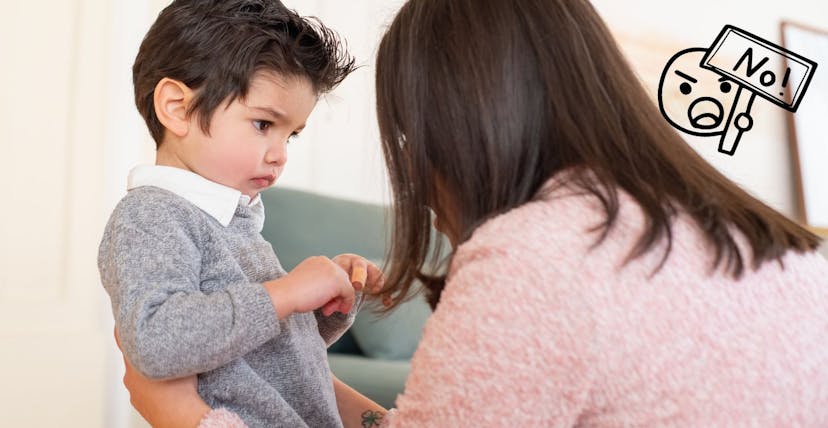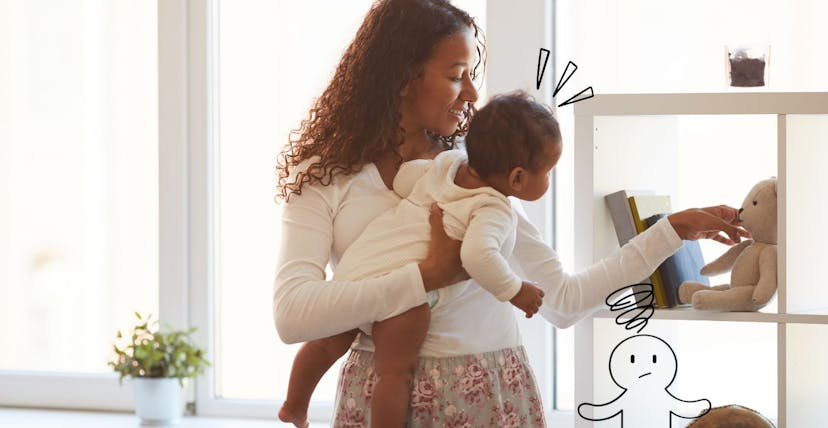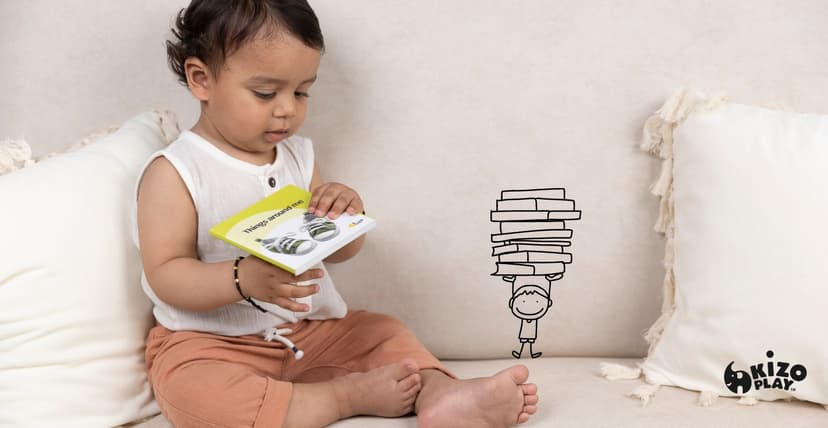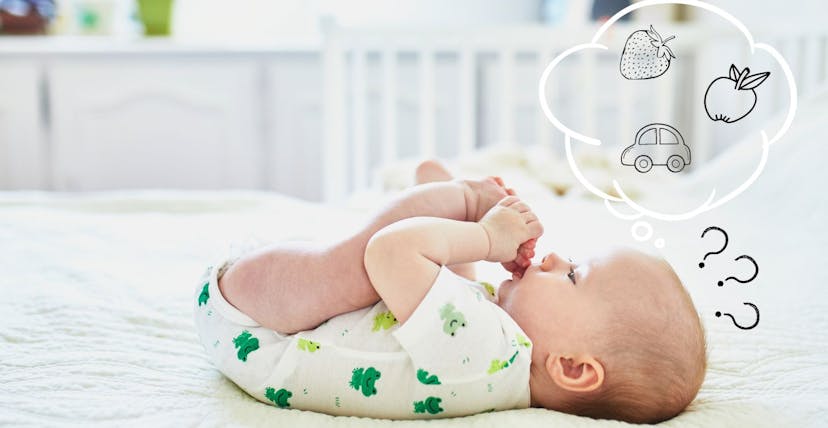11-12 months
How many times do I have to say ‘NO’ to my baby?

It’s important to let your child explore, but you may wish to limit some of their actions. You can simply ignore what they’re up to, as long as it’s not hazardous. Your child may become intrigued by your expressions as a result of overusing commands like “no,” “stop,” or “don’t.” Your baby is not attempting to anger or irritate you; rather, babies are inclined to repeat actions that receive a lot of attention.
It is okay to ignore what your baby is doing as long as it isn’t dangerous. Your baby should be given the freedom to explore. However, you may want to limit some behaviours. When your baby drops food off their tray, try to avoid using negative commands—they will be much more receptive to positive ones. Avoid using the phrase “no dropping food” because they might just hear “drop food”. Babies are at a stage where they only hear the last part of a sentence, so to avoid confusion, tap their tray in addition to saying “food stays on the tray”.
It is not a sign of aggression when they hit your face. They are exploring with their hands and testing your reactions. If you respond with a big, stern 'NO HITTING!' you may inadvertently increase their desire to try again. Instead, show them a more gentle way to touch your face by covering their hand with yours and saying 'Here's how to use a gentle touch.' It can be confusing for a baby to say “no” to an instinctive behaviour, such as putting their hands in dirt or throwing peas. Despite the mess, it is how your baby learns.
Reserve “no” for when your child is biting, pulling a pet’s tail, or approaching a hot oven, for example. Use a firm tone to tell your child “no!”, move them away from the danger, and redirect their attention in those instances. By preserving the significance of the word, you can help your child distinguish what to avoid.
Written by: kizoplay


